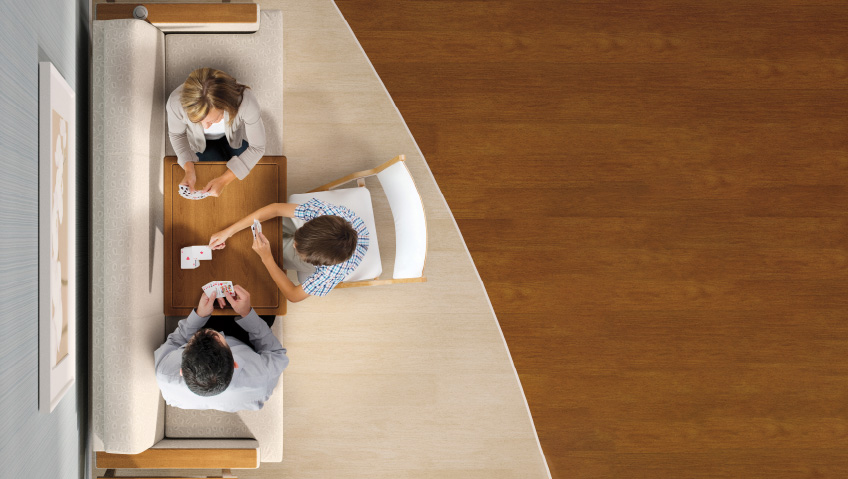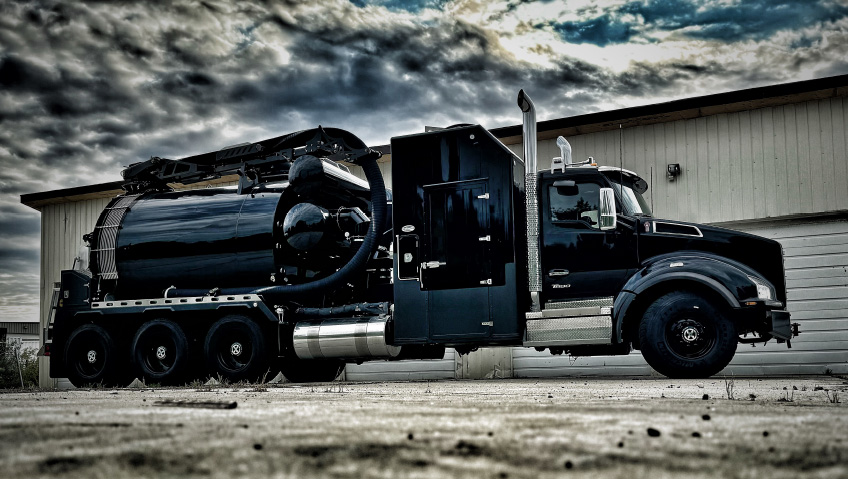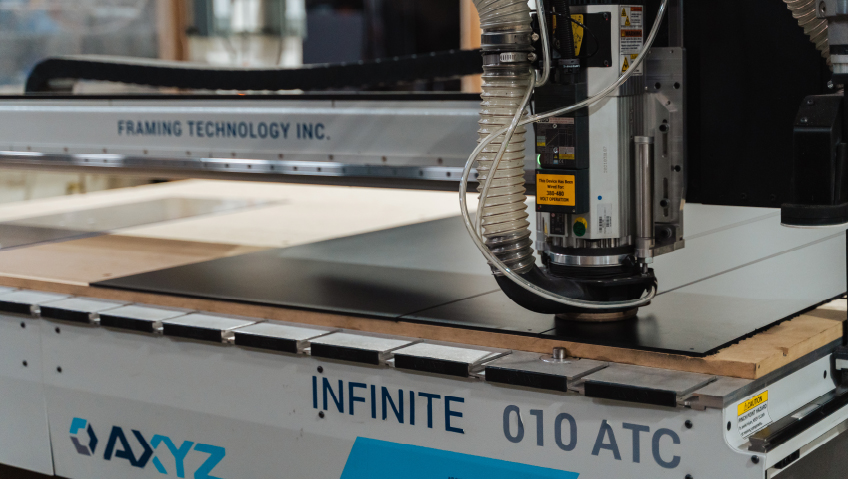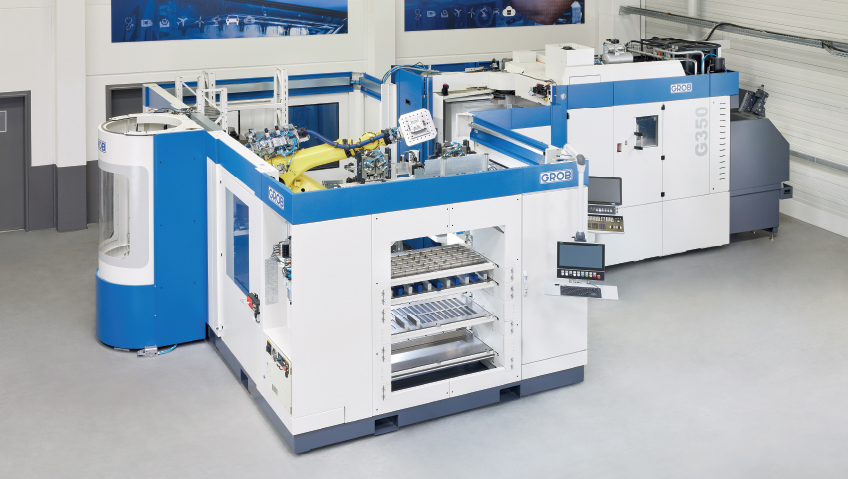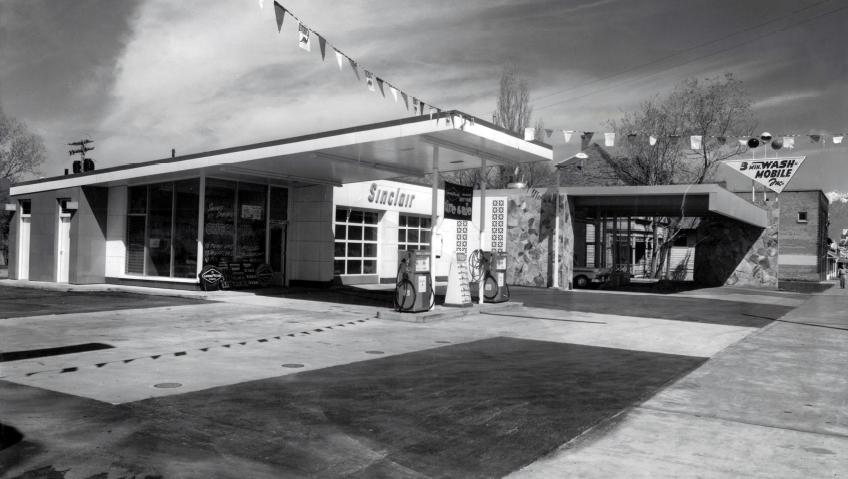Wieland Healthcare is making waves in the healthcare furniture sector, succeeding alongside much bigger companies despite its more diminutive size. “We’re a relatively small company within our competitor range,” says Market Insights & Innovation Manager Kimberly Sank. The company may be relatively small, but its impact is big and the business has become widely recognized for innovative, patient-first products.
The Indiana-based company ventured into patient room furniture about thirty years ago, when the team identified a clear need in the market. “There was a government mandate that said that any behavioral health facility had to feel residential, not institutional,” Sank explains, “and so they were going out and buying residential furniture that would be broken and unusable within a few months.” Wieland Healthcare stepped in to supply furniture that combined residential aesthetics with the durability to withstand the behavioral health atmosphere.
“That’s how we got our start,” Sank says, “but since then, we’ve really zeroed in on our patient room expertise.” Over the years, Wieland Healthcare has built a strong reputation, becoming “most valued because of our reliability, our durability, and our knowledge of healthcare needs.”
The company has become known for its innovation “by coming up with products that don’t exist in the healthcare patient room space yet,” Sank says. For example, Wieland Healthcare developed a specially designed sleep sofa that allows family members to spend days and nights comfortably in the patient’s room, so they can be there around the clock.
The team made sure to include all the details that families need in this forward-thinking product. The sleepToo® sofa has built-in charging stations and features a table in the center section that raises and lowers as needed. “You can eat in the patient room and be with your loved one and not miss the doctor when they do rounds,” Sank says. The table flattens down to bench height and, with the press of a button, the back cushion pops up and flips over to transform into a bed. “Nobody had done that to that point,” she says. “I would say, right now, we are really known as the most innovative new product development company that’s out there.”
Wieland Healthcare introduced another innovative product, the accord™ recliner, in 2014. “This new recliner, the accord™, has an [intelliTrac™] system, which is a magnetic caster on the back of the recliner,” Sank says. “And when they sense you’re going in a straight motion, the magnets lock it into a forward motion where it’s not going to migrate toward the wall or turn sideways. It makes it easier for the nurse to follow a patient. And then when you’re back in the room, you can just nudge it out of the magnetic zone and move it right next to the bed or move it sideways, laterally, or spin it around easily. Other recliners don’t do that, so that was a new invention for us.”
This year, Wieland Healthcare introduced the Soul sleep sofa collection, which boasts a clever, multipurpose design. “The soul mate is a multifunctional unit that nobody else has done yet,” Sank says. The sofa has tall legs and an open base—which most sleep sofas don’t—so that the companion piece, called the soul mate, can slide underneath when not in use. This soul mate component functions as an ottoman and nightstand or it can be unfolded to become a rolling chair.
Patient room sleep sofas are generally placed in an alcove away from the patient’s bed, so the rolling chair component allows family members to move closer to the patient. “It can be rolled over right next to the bedside. We’ve been researching for eight to ten years the healing power of touch, and how when a family member is next to the bedside and they can hold hands with the patient—let’s say it’s pediatrics or it’s elderly couples—that shortens the length of stay and improves recovery times. There’s tons of research to prove that.”
The industry is paying attention to the collection’s forward-thinking design. “The soul mate actually won the innovation award at the Nightingale awards this past fall because there really isn’t anything out there that gets the family close to the bedside without sacrificing square footage in the patient room, which is worth $1,000 to $1,200 per square foot,” Sank shares.
Another bonus is that the Soul collection is specially designed to allow light into the room. “They’re spending a lot of money to put floor to ceiling windows in patient rooms and hospitals because that’s also been proven through research to shorten recovery times and shorten length of stay,” says Sank. “And most sleep centers block the whole bottom third of the daylight coming in. And since this new Soul sofa has such an open base with the tall legs, it allows more daylight into the room.”
The team conducts Voice of Customer (VOC) research in order to create innovative products that meet the specific needs of today’s healthcare environment. For instance, in one recent research trip, the team traveled across the country to spend three days meeting with four different hospital systems, gathering feedback from a variety of professionals including architects, interior designers, clinicians, and more.
When vetting a new product, the team asks these professionals if there is a need for the product, and if so, “are we getting it right? Is the look right? Is the aesthetic right? Is the function correct, or are we adding features that aren’t necessary or that make it too expensive? What is the crux of the actual need?”
The team carries out VOC research two or three times during the early development stage, before the concept is sent to engineering or procurement, “just to be sure that we’ve vetted the idea,” Sank says. “It’s so helpful that the customers are honest with us… We learn a lot.” Oftentimes, these customers are pleasantly surprised when they encounter the new product concept. “They realize that we’re filling a gap that they didn’t even realize was there.”
In addition to providing an innovative product, Wieland Healthcare supports customers after the purchase. “Our warranty service exceeds other competitors in the same space. We stand by the product and we will always do what’s right by our customers as far as any failure in the field or [the need for] replacement parts. And we offer a twenty-five-year warranty, so they can count on twenty-five years of service.”
In fact, the company’s products can last even longer due to their easily replaceable covers. “If something rips in the field or the healthcare cleaners are too harsh and they damage the fabric or the vinyl, you can just replace the covers and make it new again,” says Sank.
“So I think we have the best reputation in our industry for standing by our products,” she continues. “And, to give credit to our customer care team and our reps and our warranty service team, we are aggressively willing to solve the problem rather than being elusive and avoiding calls; we just want to take care of it. And I think that many of our customers appreciate that, and that’s why they come back to us. That’s why they’re loyal. Because they know that if they invest a little more to go with our product that it will pay off in the end.”
Looking ahead, the team is eager to continue focusing on their current area of success. “We have recently, in the past year or so, realized that our expertise is in the patient room and in patient room innovation. And so I think we’ve realized that we really have a pathway to become the expert in patient rooms and patient room innovation to help the staff and the clinicians better care for their patients and to really improve patient outcomes, which is our goal.”
This goal of improving outcomes is key, and will keep driving the company forward for the long term. “It’s not really about the furniture,” Sank summarizes. “It’s more about how to make families’ and patients’ lives and clinicians’ jobs easier.”

